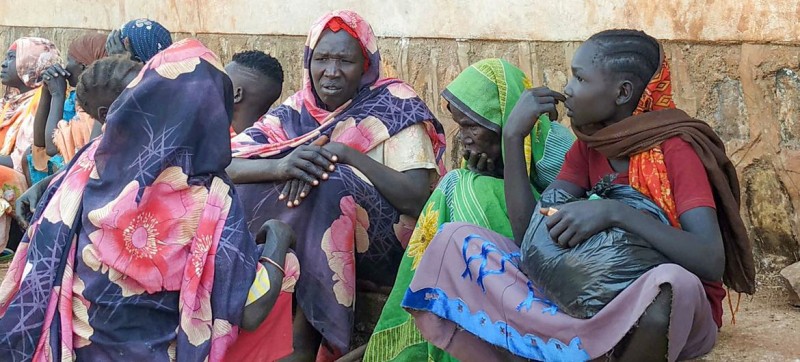UNHCR and partners have moved refugees from Sudan and South Sudan to safety in Ethiopia’s Benishangul Gumuz region. Millions of displaced families across eastern Africa will fall deeper into hunger as food rations dwindle due to humanitarian resources being stretched to the limit as the world grapples with a toxic cocktail of conflict, climate shocks, and COVID-19, UN humanitarians warned on Wednesday. UNHCR, the UN refugee agency, and the UN World Food Programme (WFP) said that spiralling costs of food and fuel were adding to the toxic mix.
Despite efforts to make resources stretch through prioritisation schemes, the agencies are having to prioritize food assistance for the most vulnerable families, they said in a press release, while the sheer number of refugees in need of support has grown, along with the gap between resourcing and needs.
In the past decade the number of refugees in eastern Africa has nearly tripled, from 1.82 million in 2012 to almost five million today including 300,000 new refugees last year alone.
Tough choices
The growth in refugee numbers has not been matched by a growth in resources, forcing WFP to make difficult decisions about who receives food assistance and who goes without. More than 70 percent of refugees in need, do not receive a full ration due to funding shortfalls.
“Refugees and internally displaced people are at the centre of the food ration cuts, compounding a desperate situation for millions of people uprooted from their homes and often relying on aid to survive,” said Clementine Nkweta-Salami, UNHCR’s Regional Bureau Director for the East, Horn of Africa and the Great Lakes.
“More and more children below the age of five years are experiencing high levels of stunting and wasting, as they lack the nutrients to grow and develop.”
“Families do not know where their next meal will come from and are taking on huge debt, selling off what they can, or sending their children to work,” added the Regional Director. “The risk of domestic violence is rising. Getting people out of harm’s way and shielding them from serious protection risks also requires that their food needs are adequately addressed.”
A sharp increase in food and fuel costs and conflict-caused displacement are being compounded by a worsening climate crisis.

UNHCR and partners move refugees to safety in the Benishangul Gumuz region in Ethiopia.
Severe climate shocks
Globally, floods and droughts are becoming more frequent and intense, severely impacting countries like Ethiopia, Kenya, Somalia, South Sudan and Sudan, and worsening food insecurity.
“The unfortunate reality is that eastern Africa is confronted with a year of unprecedented humanitarian needs, driven by severe climate shocks, ongoing conflict and instability, and surging food and fuel prices,” said Michael Dunford, WFP’s Regional Director for Eastern Africa.
“The growth in needs here mirrors what we see happening around the globe and we implore the world not to turn its back on this region and, in particular, the extremely vulnerable communities of refugees who have limited access to livelihoods and rely on WFP to survive.”
South Sudan food insecurity rising rapidly
Food insecurity is likely to rise by seven per cent across South Sudan in the coming months, compared to last year, according to a new UN report on food security, issued on Wednesday, leading humanitarians to renew their call for more humanitarian and livelihoods assistance to stave off looming hunger and enhance resilience.
The cocktail of factors driving the worsening trend in food security for the whole of eastern Africa, will leave 7.74 million people (62.7 per cent of the population) across the country, facing IPC Phase 3 levels, or worse, of acute food insecurity during the lean season between April and July, according to the latest Integrated Food Security Phase Classification (IPC) analysis.
The most affected states are Jonglei, Unity, Upper Nile, Lakes, Eastern Equatoria (Kapoeta East) and Warrap – more than 80 per cent of those food insecure.
UN food agency, FAO, UN children’s agency, UNICEF, and WFP, warn that greater humanitarian assistance and livelihoods support is needed immediately to save lives and prevent the collapse of livelihoods in the worst-affected locations across South Sudan.




Comments are closed.